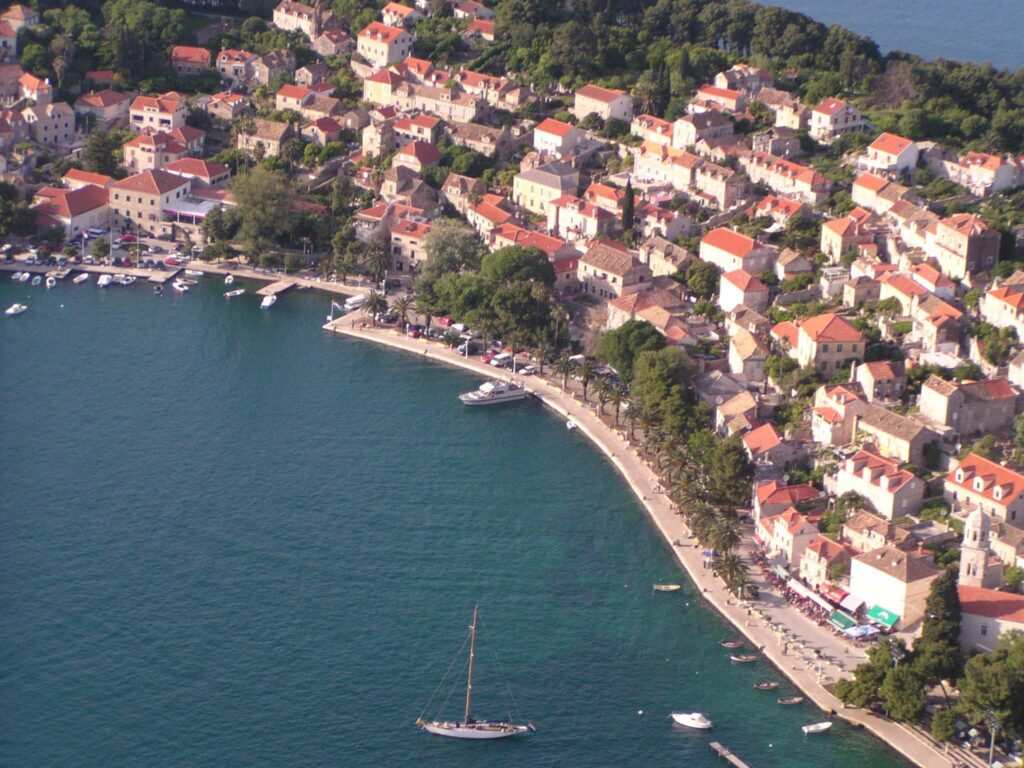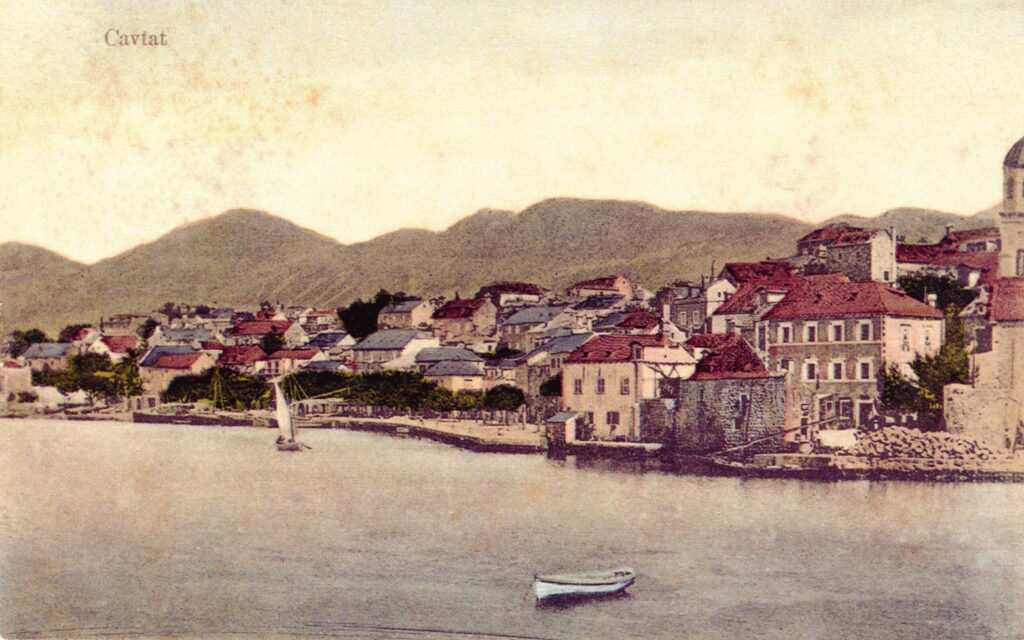Although the Konavle municipality expresses its cultural, national and religious unity through a shared way of life, shared customs, dialect, folklore and many other features of its people, as well as through common social and economic interests in the development of the area, its regions are at different stages of economic development and value. Furthermore, despite the fact that throughout its history Konavle has gravitated towards Dubrovnik, the church-administrative division into parishes created smaller communities with centres towards which the surrounding smaller villages gravitated and which served as the gathering place for the parishioners, therefore the varying demographic and economic development of the villages could be monitored accordingly.
The Cavtat parish is one of the three oldest parishes in Konavle, and although it administratively belongs to Konavle, it is described as a separate unit or as a part of the Dubrovnik Riviera. The territory of the Cavtat parish belongs to the Donja banda (Lower Side) region of Konavle; however, even in this division Cavtat stands out (as well as Molunat) as its coastline forms an accessible, fairly flat bay, which allowed it to serve as a port for smaller boats. Apart from being a coastal port, Cavtat contains the characteristics of a smaller town, i.e. it is not an exclusively agricultural area, unlike other settlements in Konavle, which are rural in character. Over time, seafaring and fishing have been replaced by tourism. Of all settlements in Konavle, Cavtat has the most developed tourism-related economic activities such as hospitality and catering services, trade and transport.
The residents of the settlements in the Konavle Hills region, which managed to grow financially in the period from the 18th to the 20th century, gravitated towards Cavtat and Zvekovica for trading purposes and eventually moved there. This can still be easily ascertained today by comparing surnames in the Cavtat parish with those in the Stravča parish in the Konavle Hills. Another reason for their relocation is the aforementioned change in economic activity in Cavtat, since there has been a decrease in fishing, while trade and tourism-related activities have experienced an increase. Due to starvation caused by a shortage of agricultural land in times of crisis, the beginning of the 20th century marked an emigration wave from Cavtat, while the rest of Konavle grew grapevines and engaged in agriculture.
Cavtat and Zvekovica experienced the largest immigration wave in the 1970s and 1980s, mostly from the nearby municipalities of Dubrovnik-Neretva County, but also from Bosnia and Herzegovina. Cavtat and Zvekovica are thus at the forefront of positive demographic trends in terms of the number of inhabitants, immigrants and even the age structure of the population.
Also, Cavtat has always gravitated exclusively to Dubrovnik and has connected Konavle to the City via boats. This resulted in Dubrovnik’s culture strongly influencing Cavtat’s residents, who have gladly accepted its lifestyles and fashions.
This is one of the crucial differences between the rest of Konavle and Cavtat. Although under the influence of Dubrovnik and Cavtat, Konavle has preserved many traditions of the distant past, which in Cavtat were replaced by the new customs. While the residents of Konavle find it difficult to abandon the traditions of old and show even greater resistance to the new ones, fashions are changing fast in the Mediterranean. Consequently, Cavtat and the rest of Konavle have developed their own respective fashions and customs.
These differences are supported by numerous accounts and records detailing the animosity between Konavle and Cavtat. For example, there are many derogatory expressions based on differences in outward appearance between the people of Konavle and Cavtat. One of the differences were the opposing attitudes towards sporting facial hair, while the wardrobe differences were even more visible. While the people of Konavle wore traditional folk costumes, the people of Cavtat modeled their fashion choices after those typical of the island of Korčula, the Bay of Kotor and other suburban regions on the coast of the Adriatic Sea, which clearly distanced them from the Dinaric ethnic group tradition present in Konavle. Similar evidence of the aforementioned differences lies in the fact that Cavtat women predominantly practiced weaving, while Konavle women traditionally practiced embroidery.
Moreover, the differences extend to dialect; the Cavtat dialect is closer to the Dubrovnik dialect than to that of Konavle due to its proximity to Dubrovnik in comparison to the Konavle rural settlements. The difference in dialect has been elaborated by many linguists, including Dalibor Brozović, who categorizes the speech of Cavtat’s residents as part of the Dubrovnik dialect:
`The speech of the residents of Cavtat, a small town about 10 kilometres southeast of Dubrovnik, is identical to the Dubrovnik dialect in all its main features. In addition, if we take into consideration all the social changes caused by the rise of modern urban civilization in Dubrovnik, a major cultural and tourist centre, it can be said that the contemporary Cavtat dialect is a more faithful representation of the traditional Dubrovnik dialect than the contemporary Dubrovnik dialect itself.‘
Taking into consideration the complexities concerning the cultural classification of Cavtat and the many similarities and differences it shares with both Konavle and Dubrovnik, it appears reasonable to recognize Cavtat’s specificity and classify it as a meeting point between the Konavle and Dubrovnik way of life.



